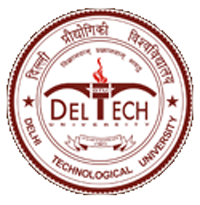Please use this identifier to cite or link to this item:
http://dspace.dtu.ac.in:8080/jspui/handle/repository/21803| Title: | APPLICATION OF GENERATIVE ADVERSARIAL NETWORKS IN SKIN DISEASE |
| Authors: | MALAVIYA, NAVAL |
| Keywords: | GENERATIVE ADVERSARIAL NETWORKS SKIN DISEASE IMAGE SYNTHESIS AUTOMATED SKIN DISEASE DETECTION |
| Issue Date: | May-2025 |
| Series/Report no.: | TD-8014; |
| Abstract: | Generative Adversarial Networks (GANs) have shown significant potential in addressing key challenges in automated skin disease detection and image synthesis, including data scarcity, class imbalance, and diagnostic complexity arising from high intra-class visual similarity and variability in imaging conditions. This study provides a detailed analysis of advanced GAN architectures such as WGAN-GP, StyleGAN2-ADA, and SPGGAN, applied to dermatological datasets like HAM10000 and ISIC 2019. By generating high-resolution, class-specific synthetic skin lesion images, these models effectively enhance the performance of classification algorithms—boosting diagnostic accuracy, sensitivity, and F1-scores, especially for underrepresented lesion categories. The integration of attention mechanisms, conditional generation, and novel applications such as 3D skin surface reconstruction, facial pigmentation mapping, and mobile deployment through IoMT frameworks further illustrates the versatility of GAN-based methods. Quantitative evaluations reveal significant improvements over traditional approaches, with DenseNet-121 achieving up to 92.2% accuracy when trained on GAN-augmented data. |
| URI: | http://dspace.dtu.ac.in:8080/jspui/handle/repository/21803 |
| Appears in Collections: | M.E./M.Tech. Computer Engineering |
Files in This Item:
| File | Description | Size | Format | |
|---|---|---|---|---|
| Naval Malaviya M.Tech.pdf | 3.83 MB | Adobe PDF | View/Open |
Items in DSpace are protected by copyright, with all rights reserved, unless otherwise indicated.



